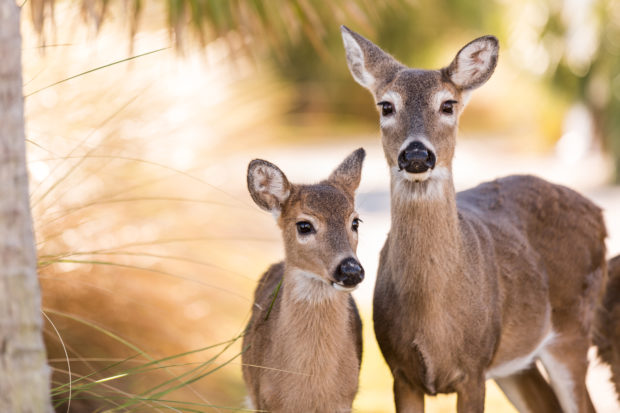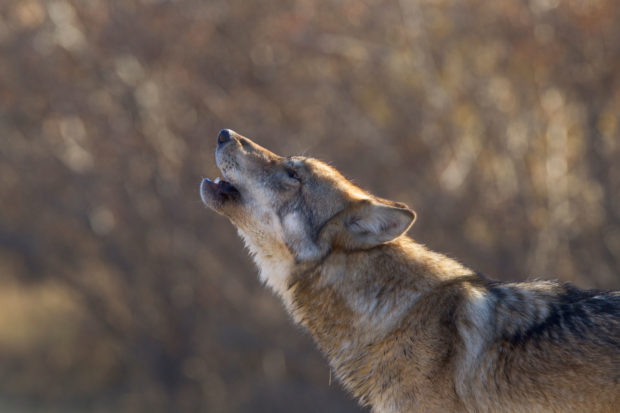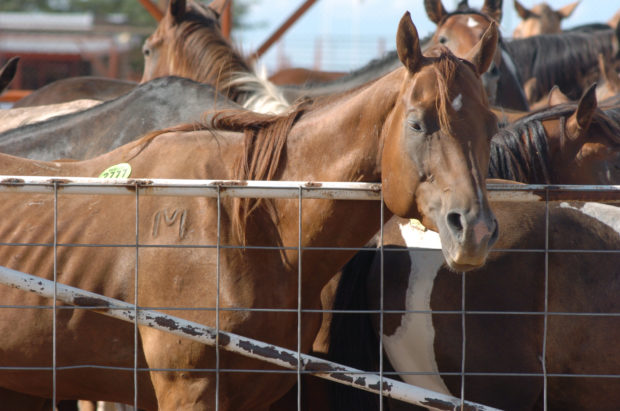By Ilissa Ocko

The massive rift in the Antarctic Peninsula’s Larsen C ice shelf, photographed by NASA scientists in November 2016. Photo by Stuart Rankin.
This post was co-authored by Mason Fried, a Ph.D. student of glaciology at the University of Texas Institute for Geophysics. It originally appeared on EDF Voices.
Scientists watched with alarm this week as the fourth-largest ice shelf in Antarctica rapidly broke apart, causing an enormous, Delaware-size iceberg to float into the Southern Ocean.
Scientists had been observing the anomalous rift widening across a section of the so-called Larsen C ice shelf for the past several years. Now they’re left with some critical questions: What are this event’s broader consequences for the Antarctic ice sheet, what happens next, and – importantly – what role did climate change play here?
For now, it serves as yet another reminder that Antarctica is changing rapidly – and that action to curb rising global temperatures is critical.
Antarctica: A frontline for climate change
So far, scientists have been hesitant to attribute the Larsen C ice shelf breakup to rising global temperatures.
Indeed, such events – known to scientists as “calving” – occur naturally and are essential for maintaining ice shelf balance. Without them, ice shelves would grow unabated to cover large swaths of the Southern Ocean.
Still, the magnitude and timing of this ice loss warrants attention.
The Antarctic Peninsula, where the Larsen ice shelves reside, has long been viewed as a frontline for climate change. Warming in the peninsula exceeds the global average, glaciers there are retreating, and two other ice shelves on the peninsula already collapsed over the past couple of decades after being stable for thousands of years.
Such changes will help raise global sea levels by 3 to 6 feet by 2100, projections show, affecting dense coastal communities along our Eastern seaboard and across the globe.
Ice breakup starts chain reaction
We do know that this latest ice separation could set in motion a string of chain reactions that further destabilize the ice shelf and surrounding glaciers, and ultimately contribute to global sea level rise.
Ice shelves are floating extensions of grounded glaciers and ice sheets that, importantly, buttress and impede inland ice flow. When an ice shelf collapses or becomes weaker, this defense disappears, allowing inland glaciers to accelerate downslope and transport more ice to the ocean, which can quickly affect sea level.
Scientists worry that the remnant Larsen C ice shelf will now be at considerable risk of further breakup.
The new ice berg reduced the ice shelf area by more than 12 percent when it broke off, leaving behind an ice shelf that is inherently unstable. This can, in turn, trigger new ice cracks and rifting, and cause more icebergs to break off – further increasing the possibility of runaway ice loss amid rising global temperatures.
Whether or not this latest calving event will be attributed to climate change, it’s safe to say that it will make the region more vulnerable to the impacts of global warming.
Climate change caused 2002 ice shelf collapse
The Larsen C ice shelf, named for a Norwegian whaling vessel captain who sailed the Southern Sea in the late 1800s, has two smaller northern neighbors known as Larsen A and Larsen B – both of which collapsed in the past 23 years.
Those events taught us that ice sheets, landscapes we used to think of as stable and slow to change, can actually transform rapidly.
The Larsen B collapse was particularly dramatic, with nearly the entire ice shelf disintegrating during a three-week period in 2002 after remaining stable for at least 10,000 years.
The speed of that event was unprecedented and attributed directly to increasing atmospheric warming, although rising ocean temperatures and long-term ice loss from surrounding glaciers may also have played a role.
A hint of what’s to come?
After the Larsen B shelf collapse, researchers observed dramatic increases in glacier speed, thinning and ice transfer to the ocean.
Some researchers are already drawing parallels between this week’s Larsen C collapse and the series of events that led to the eventual collapse of Larsen B. The latter experienced a similar large calving event in 1995 that foreshadowed further retreat and widespread disintegration in 2002.
While it remains to be seen if and when Larsen C will meet the same fate, warning signs are already in place. What’s happening to the Larsen ice shelves could, in fact, be a proxy for what’s to come across even larger sections of the Antarctic ice sheet unless we take action to slow warming.


Read more




